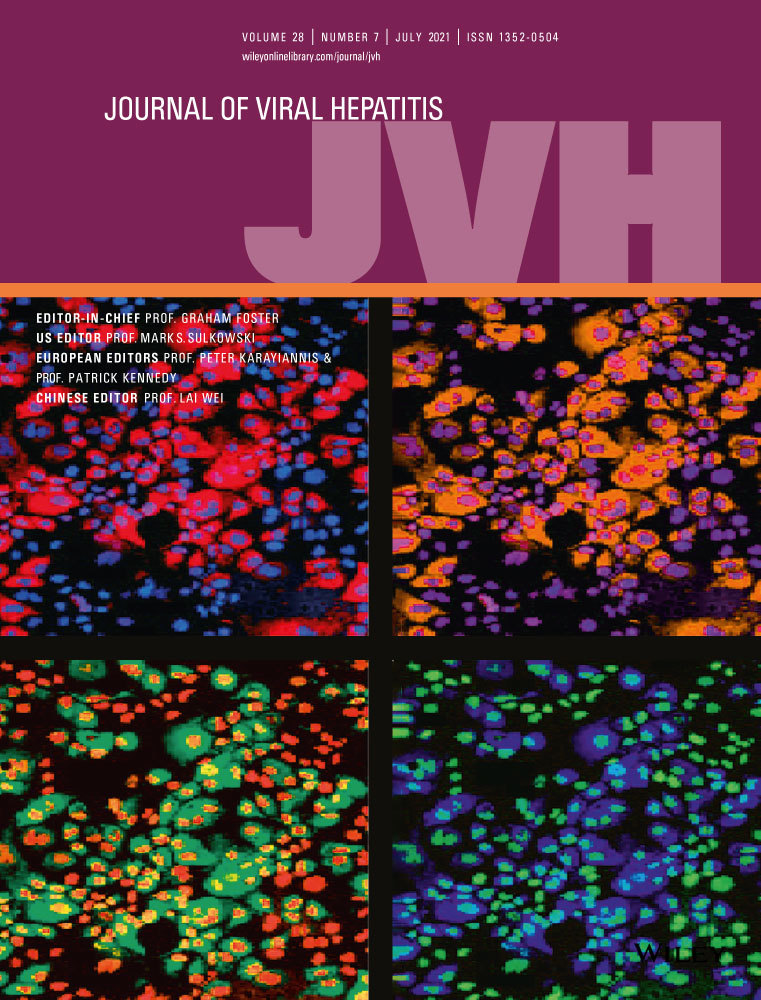Assessment of subclinical effects of Hepatitis E virus infection in the United States
Anugwom and Campbell contributed equally to study.
Funding information
Robert wood Johnson Foundation, Harold Amos Medical Faculty Development Program, and NIH-NCI R21 CA215883-01A1 both to JDD
Abstract
Some studies have exposed an increase in liver cirrhosis in hepatitis E seropositive individuals living with human immunodeficiency virus. The interrelation between HEV seroprevalence and risk of liver disease in immune-competent individuals remains under- investigated. Using the National Health and Nutrition Examination Survey (NHANES) data containing >30,000 subjects, we addressed if HEV exposure leads to subclinical effects that can influence liver health. We determined the association between HEV IgM and ALT and that of HEV IgG and Fib-4—a composite score reflecting potential liver fibrosis. These analyses were repeated in populations at risk for liver disease as well as among different races and ethnicities. The prevalence of HEV IgG was significantly associated with age as IgG positive individuals were, on average, 20 years older than IgG negative patients. We found a statistically significant increase in the likelihood of having a Fib-4 score >1.45 (significant fibrosis) in those positive for HEV IgG (RR: 1.03; 95% CI: 1.01–1.05). However, due to the small effect, it is unlikely that this association has clinical significance. Moreover, the effect was not present in those with pre-existing liver disease. We found no association between ALT levels and the presence of HEV IgM or IgG. This is the first study examining subclinical effects of HEV infection in the United States. Our study found that in the general US population, predominantly asymptomatic HEV infections do not contribute to the overall burden of liver disease.
Open Research
DATA AVAILABILITY STATEMENT
The data that support the findings of this study are available on request from the corresponding author. The data are not publicly available due to privacy or ethical restrictions.




